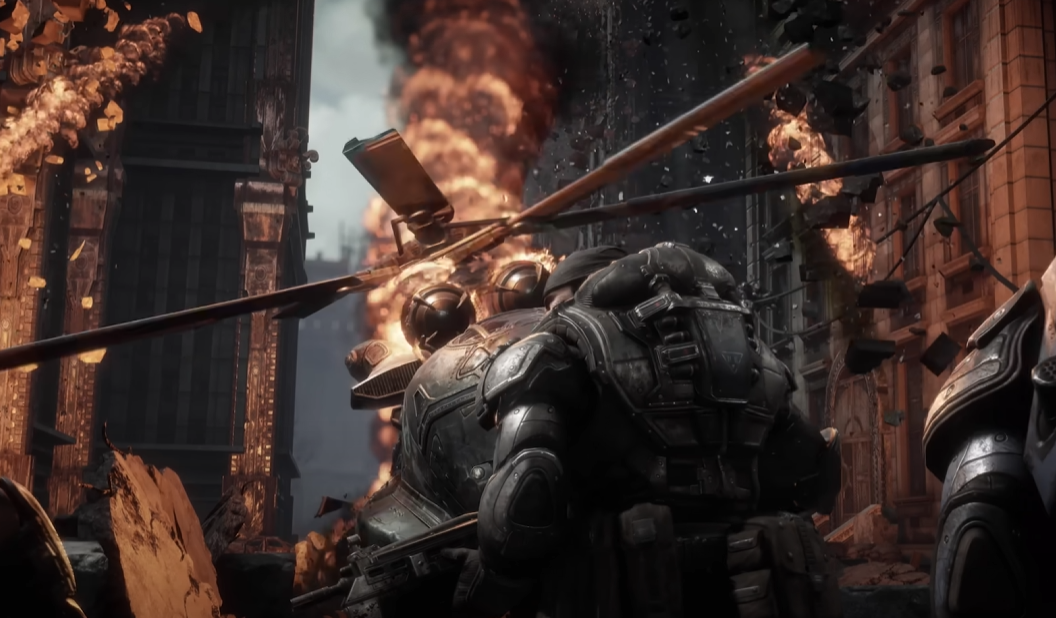Gears of War Reloaded retains nearly identical artificial intelligence to its 2006 predecessor. While enemy behavior feels familiar, frustrating ally AI makes cooperative play essential for optimal enjoyment.
Key AI Observations
- Enemy Tactics: Locust forces use cover-based strategies with occasional flanking maneuvers, relying on overwhelming numbers rather than advanced decision-making.
- Companion Shortcomings: Non-player allies frequently make poor tactical choices, requiring constant player intervention during combat encounters.
- Difficulty Scaling: Higher challenge levels only increase enemy damage output rather than improving their intelligence.
Notable Weaknesses
- Boss Fights: Ally AI struggles particularly during major encounters like the Brumak battle
- Survivability Issues: Companions often rush into exposed positions and require frequent revival
- Predictability: Opponents repeat basic patterns throughout most engagements
Multiplayer Advantage
The cooperative experience remains the game’s strongest aspect, eliminating AI dependency through:
- Improved encounter balance
- Strategic team coordination
- Shared responsibility for tactical decisions
FAQ
Does Reloaded feature improved AI programming?
No significant changes from the original game’s AI systems.
Why do allies perform poorly?
Basic pathfinding and combat routines lead to frequent positioning errors and quick incapacitation.
Does combat complexity increase with difficulty?
Only through higher damage values – enemy behavior remains unchanged.
Optimal play configuration?
Two-player cooperation provides the most polished and enjoyable experience.

